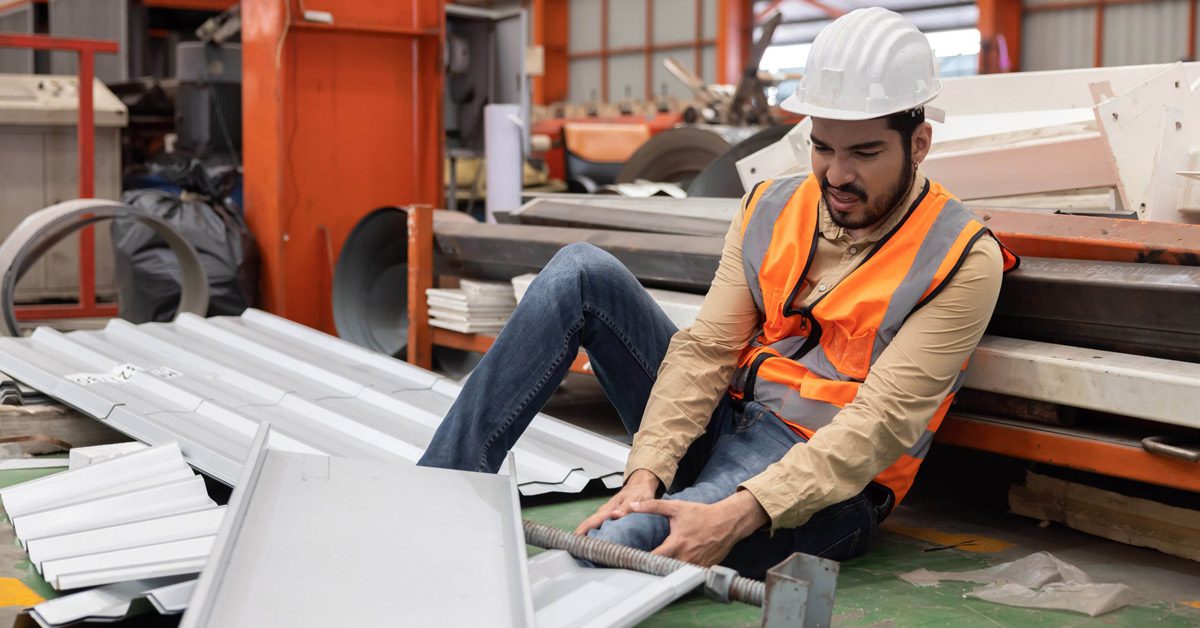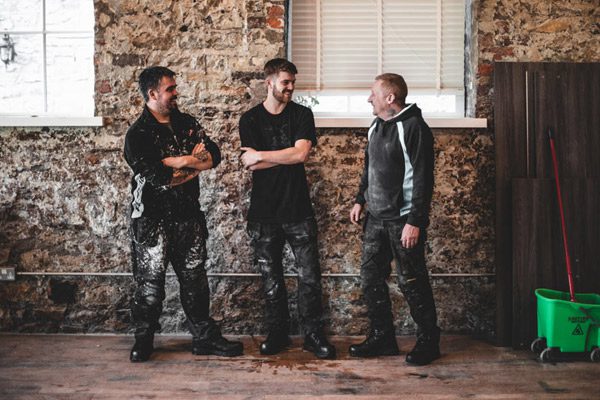Understanding the why behind who is affected and what could be causing manufacturing-related accidents is the first step towards promoting injury prevention in factories. Assessing and evaluating your facility can help inform the processes and training programs you have in place to keep your employees as safe as possible while on the job.
According to the HSE, the most common injuries in manufacturing are:
- Contact with objects
- Overexertion
- Contact with harmful substances
- Repetitive motion
- Slips, trips and falls
Slip and trip incidents are likely to keep workers out for more days compared to any other type of accident and can carry a higher cost on average for you as the employer.
In the manufacturing sector, where the job can be very physically demanding, it is important to focus on injury prevention. Keep reading to learn our top 5 tips from Shoes For Crews to reduce workplace slips.
1. Keep flooring in good condition
A good way to start assessing your manufacturing facility is to test the conditions of the factory’s floors. Greasy floors, uneven walkways and damaged or unstable steps are just a few of the hazards that a manufacturing worker can encounter. Moreover, sharp and heavy objects can be found all around factories, which greatly increases the potential danger of slip accidents.
One leading cause of slips, trips and falls in the workplace is floors that have not been cleaned properly. Ensure correct cleaning and that only high-quality products are used to prevent injuries from potentially occurring. If areas of your facility are liable to become wet while machinery is being operated, consider adding a slip-resistant mat to help mitigate slips and trips.
2. Remove clutter and obstructions from walking areas
Set your team up for success and be prepared before an injury can take place. Assess areas of the workspace for clutter and routinely review them in order to keep them clean. Regular evaluations can be highly effective at keeping your manufacturing facility safe and operations running smoothly. What is more, if walkways are consistently clear and free of obstructions, your employees will not waste valuable time clearing clutter themselves. Besides minimising the risk of slips and falls, clear pathways allow direct and easy access to anyone who is injured and needs to be transported to another location immediately for treatment.
3. Be tidy while you clean and sanitise the workspace
When it comes to injury prevention, there is a danger that cleaning itself introduces unwanted slip and trip hazards into the workplace. Water, oil, chemicals and condensation are some of the main substances that can cause issues.
Be sure to block off areas with wet floor signs and give belts and other machinery the appropriate time to dry before initialising use. Tidying up after any potential loose cords or leads that could create a trip hazard is a good practice to follow. By reducing cleaning risks, you are further promoting a safe working culture for your staff.





